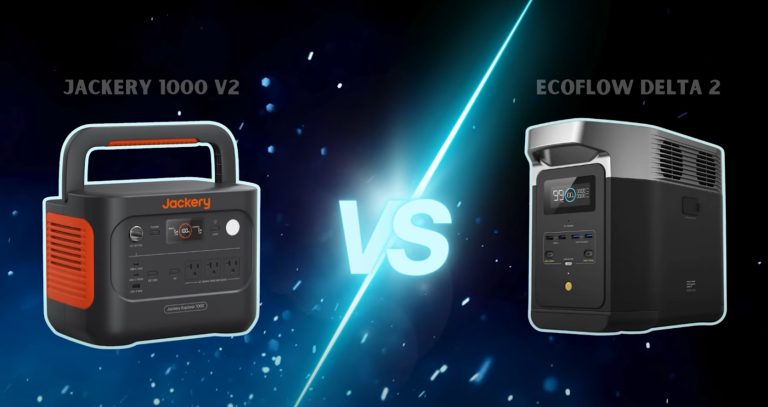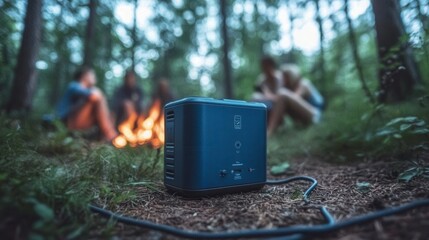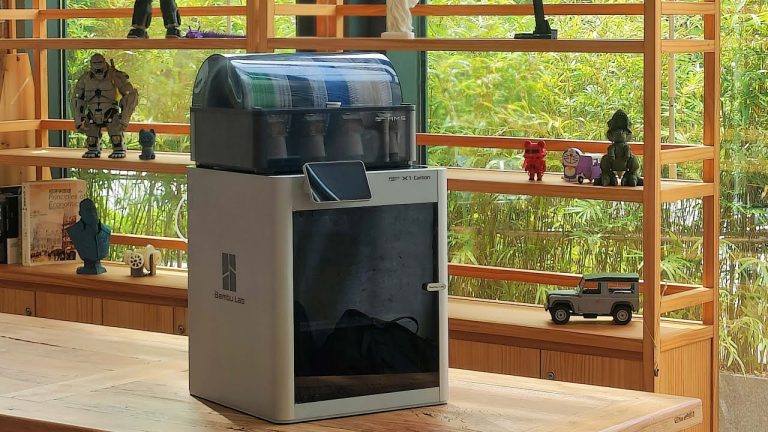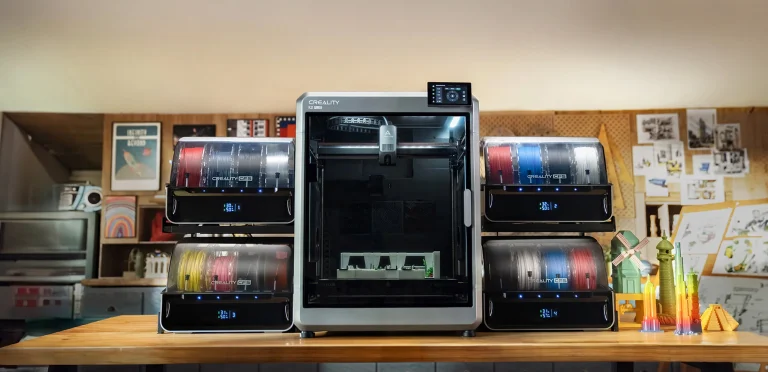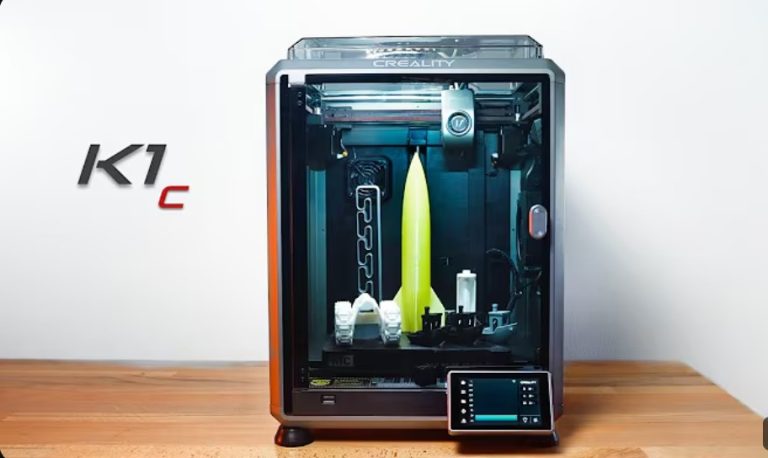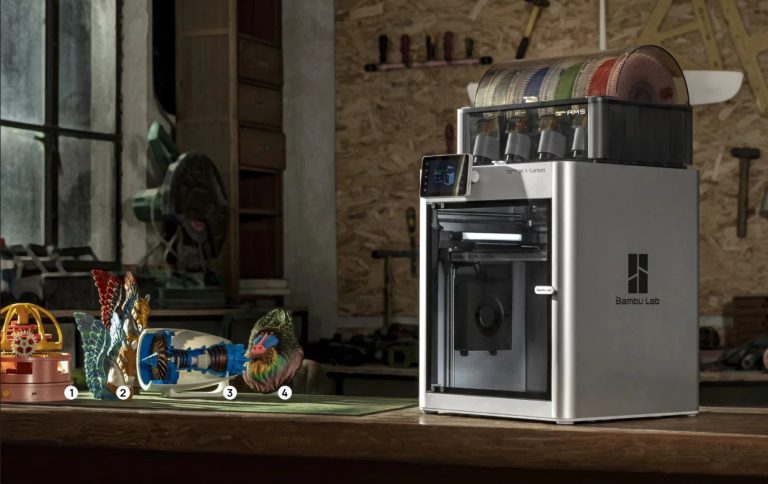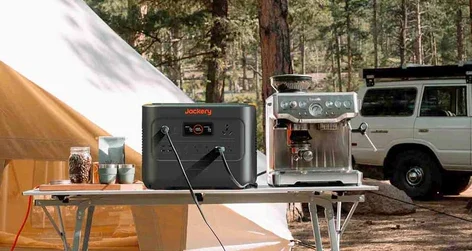
The Ultimate Guide to 2025’s Top Portable Power Stations
In an era where reliable power is non-negotiable, portable power stations have evolved from niche gadgets to essential tools for homeowners, adventurers, and professionals. Whether you’re prepping for blackouts, powering a remote worksite, or keeping your RV humming, today’s models deliver unprecedented capacity, speed, and intelligence.
After rigorous testing, we’ve identified the 5 best portable power stations of 2025—each excelling in performance, durability, and real-world usability.
Key Buying Considerations for 2025
Selecting the right power station hinges on understanding these critical factors:
Impact-Site-Verification: 02ee1459-795a-49a3-8992-3b2f179f2087
1. Capacity (Wh): Your Energy Reservoir
- <1,000Wh: Phones, laptops, LED lights (12-24hrs)
- 1,000–3,000Wh: CPAPs, mini-fridges, power tools (1-3 days)
- 3,000Wh+: RVs, home backup, off-grid systems (multi-day use)
2. Output (W): Power Delivery Matters
- Continuous Watts: Sustained load (e.g., a 500W fridge needs ≥600W)
- Peak Watts: Brief surges (e.g., compressor startup)
- Pro Tip: For 240V appliances (well pumps, heavy tools), prioritize split-phase models like the Anker SOLIX F3800 Plus.
3. Port Diversity: Connect Everything
- AC Outlets (for appliances)
- USB-C PD 100W (fast-charge laptops)
- XT60/Anderson (solar input)
- Wireless Charging (2025’s game-changer)
4. Recharge Speed: No More Waiting
- AC Wall Charging: Top models hit 80% in <1 hour
- Solar Input: 1,000W+ panels can refill 3kWh in 3-4 sunny hours
- Dual Charging: Combine AC + solar for fastest recovery
5. Portability vs. Power Trade-Off
| Weight Class | Best Use Case |
|---|---|
| <20 lbs | Backpacking, van life |
| 20-60 lbs | Camping, job sites |
| 100+ lbs | Home backup (wheels recommended) |
6. Smart Features (2025 Essentials)
- App Integration: Monitor usage, toggle ports remotely
- LFP Batteries: 3,000+ cycles (vs. 500 for traditional Li-ion)
- UPS Mode: Instant switchover during outages
2025’s Top 5 Portable Power Stations
1. EcoFlow DELTA Pro Ultra
Best for Whole-Home Backup
- Capacity: 6kWh (expandable to 90kWh)
- Output: 7,200W (powers central A/C!)
- Recharge: 0-100% in 1.7hrs via dual AC + solar
- Key Perk: Seamless integration with home panels & EV chargers
2. Anker SOLIX F3800 Plus
Best for 240V Tools & Expandability
- Capacity: 3.8kWh → 26.9kWh with add-ons
- Output: 6,000W split-phase
- Solar Input: 3,200W (industry-leading)
- Key Perk: Military-grade durability for job sites
3. Jackery Explorer 3000 v2
Best Balance for RVs & Storm Prep
- Capacity: 3,072Wh
- Output: 3,600W (7,200W surge)
- Recharge: 2.3hrs via AC + solar combo
- Key Perk: Jackery’s legendary reliability
4. Pecron E1500LFP
Best Budget Mid-Range
- Capacity: 1,536Wh
- Weight: Just 40 lbs (easy transport)
- Tech: LFP battery for safety & longevity
- Key Perk: 50% cheaper than competitors with similar specs
5. EcoFlow RIVER 3 Plus
Best Ultra-Portable
- Capacity: 286Wh (expandable to 1kWh)
- Recharge: 60 mins (fastest in class)
- Weight: 10.4 lbs (backpack-friendly)
- Key Perk: Perfect for photographers/digital nomads
2025 Power Station Comparison Chart
| Model | Capacity | Output | Weight | Ideal User |
|---|---|---|---|---|
| EcoFlow DELTA Pro Ultra | 6-90kWh | 7,200W | 186 lbs | Off-grid homes |
| Anker SOLIX F3800 Plus | 3.8-26.9kWh | 6,000W | 136 lbs | Contractors |
| Jackery 3000 v2 | 3,072Wh | 3,600W | 60 lbs | RV travelers |
| Pecron E1500LFP | 1,536Wh | 2,200W | 40 lbs | Budget buyers |
| EcoFlow RIVER 3 Plus | 286Wh | 600W | 10 lbs | Minimalists |
The Bottom Line
2025’s power stations blur the line between portable batteries and whole-home energy solutions. For raw power, the EcoFlow DELTA Pro Ultra is unmatched. Budget-conscious users should eye the Pecron E1500LFP, while adventurers will love the Jackery 3000 v2’s balance.
Pro Advice: Prioritize LFP batteries and app control—these are now industry standards. Whichever you choose, you’re investing in energy independence.
